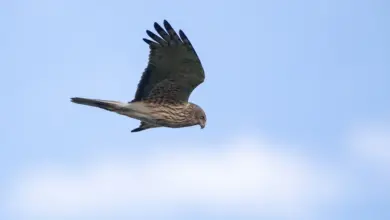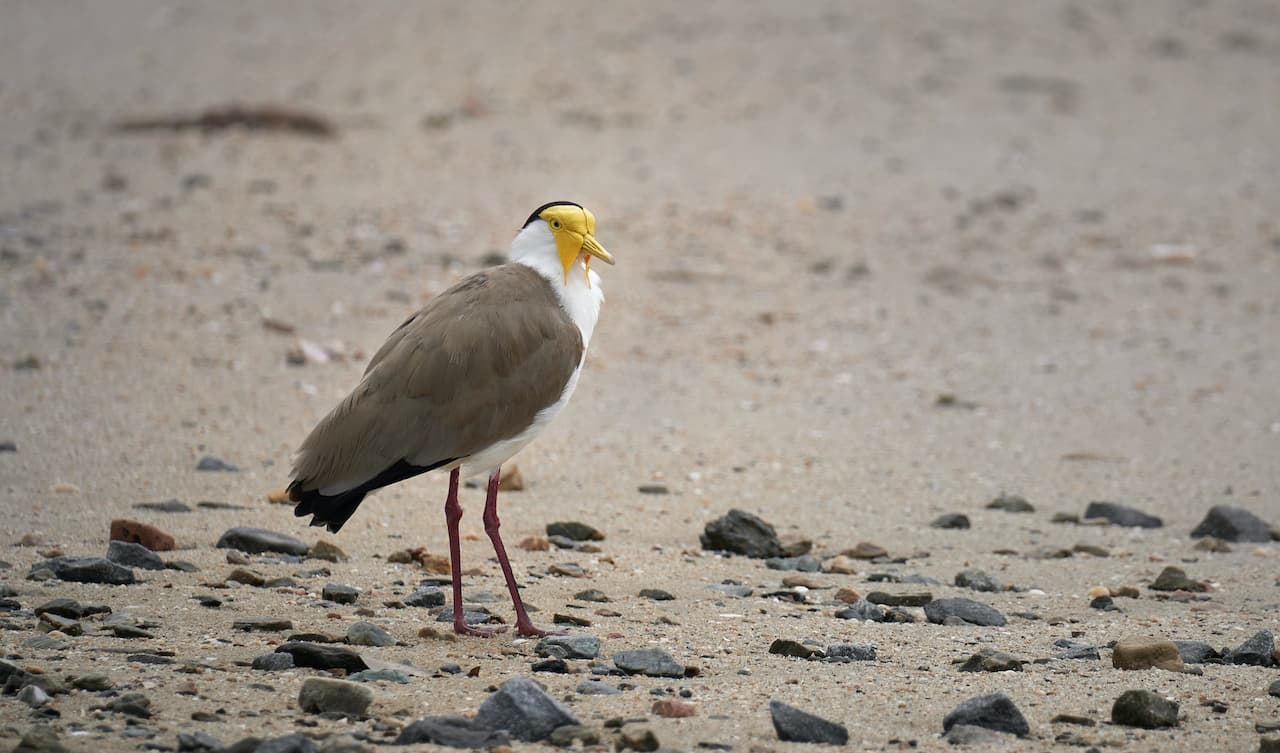Streaked Flycatchers
The Streaked Flycatchers, Myiodynastes maculatus, is a passerine bird in the tyrant flycatcher family.
Distribution / Habitat:
It breeds from Mexico, Trinidad and Tobago south to Bolivia and Argentina.
The southern form M. m. solitarius migrates to Venezuela and the Guianas from March to September.
This species is found at the edges of forests and cocoa plantations.
Description:
The Streaked Flycatcher is 22 cm long, weighs 43g and has a strong black bill. The head is brown with a concealed yellow crown patch, white supercilium (line above the eye) and dusky eye mask. The upper parts are brown with darker brown streaks on the back, rufous and white edges on the wings, and wide chestnut edges on the rump and tail. The underparts are yellowish-white streaked with brown.
Males and females look alike, but immature birds are brown whereas the adult is black. M. m. solitarius has black, rather than brown, streaking above and below.
Breeding / Nesting:
The nest is an open cup of twigs and grasses placed in a tree hollow or sometimes a bromeliad.
The female builds the nest and incubates the typical clutch of two or three creamy-white eggs, which are marked with red-brown spots, for 16-17 days to hatching.
Both sexes feed the chicks, which fledge in a further 18-21 days.
Diet / Food:
Streaked Flycatchers eat a range of food items, mostly large insects, but also lizards, and berries. The wintering southern migrants seem to include a considerable amount of fruit in their diet.
It perches on a high watchpoint from which it sallies forth to catch flying insects.
Call / Song:
This is a conspicuous species, with a noisy sqEEE-zip call.



